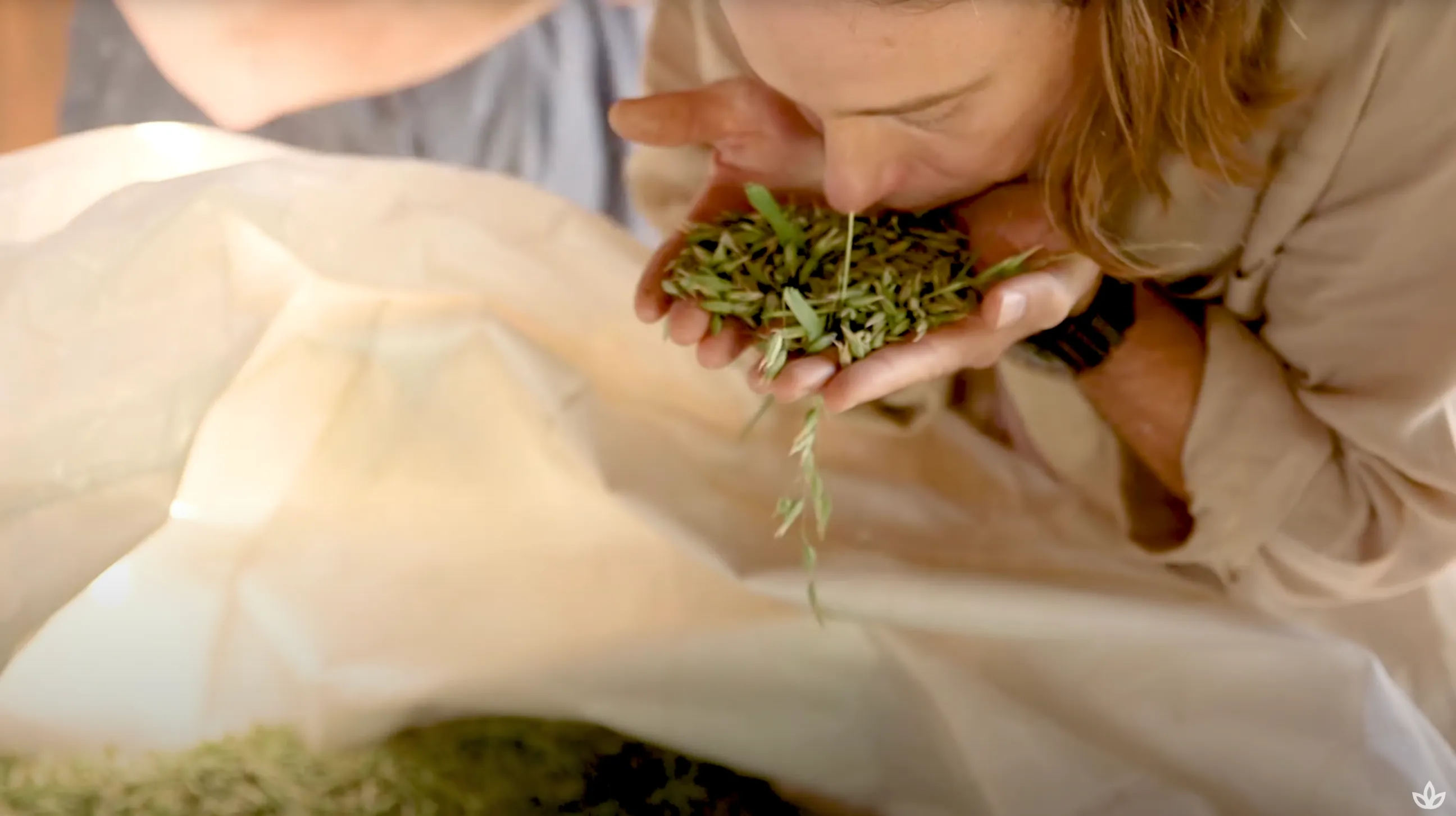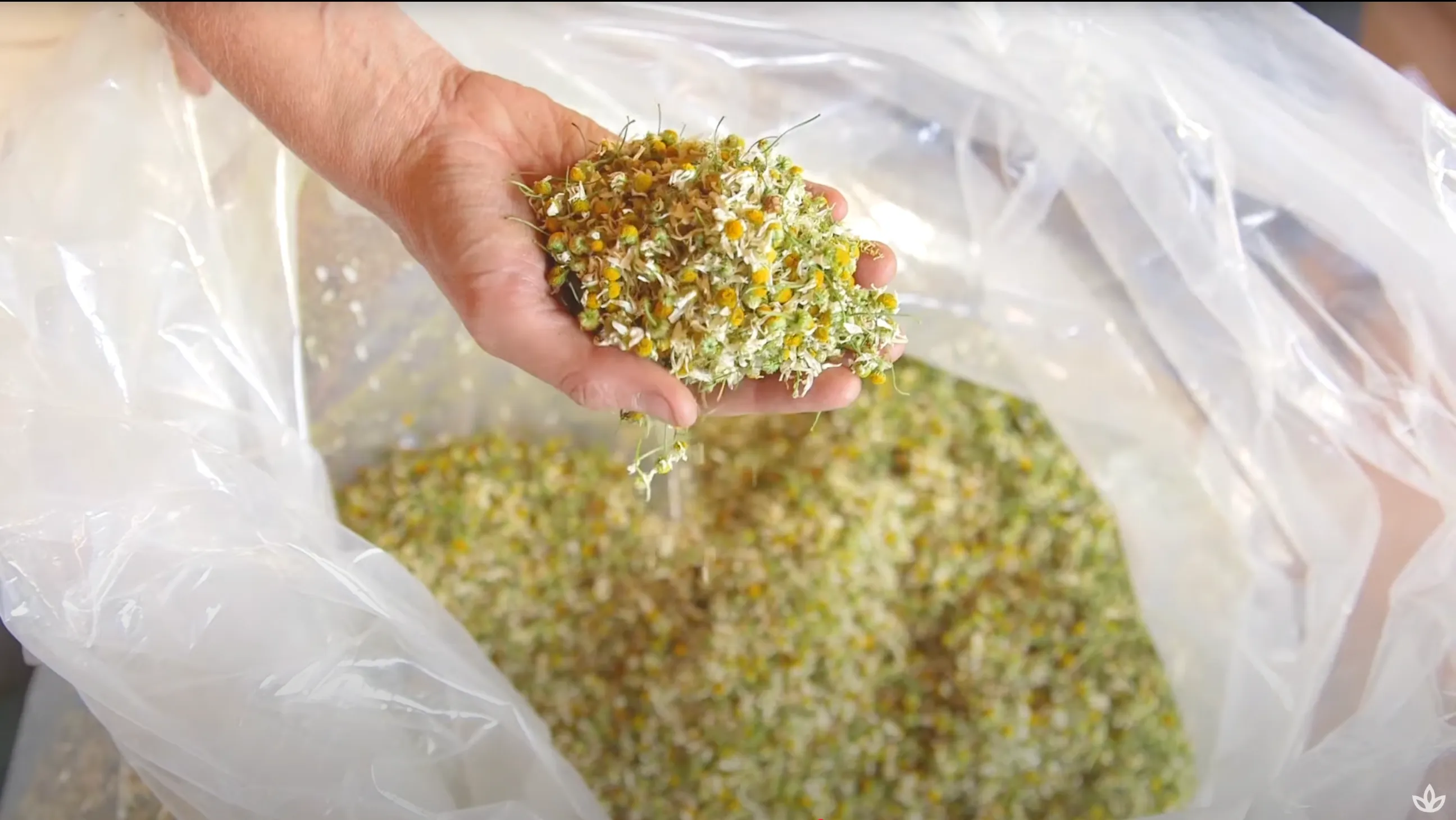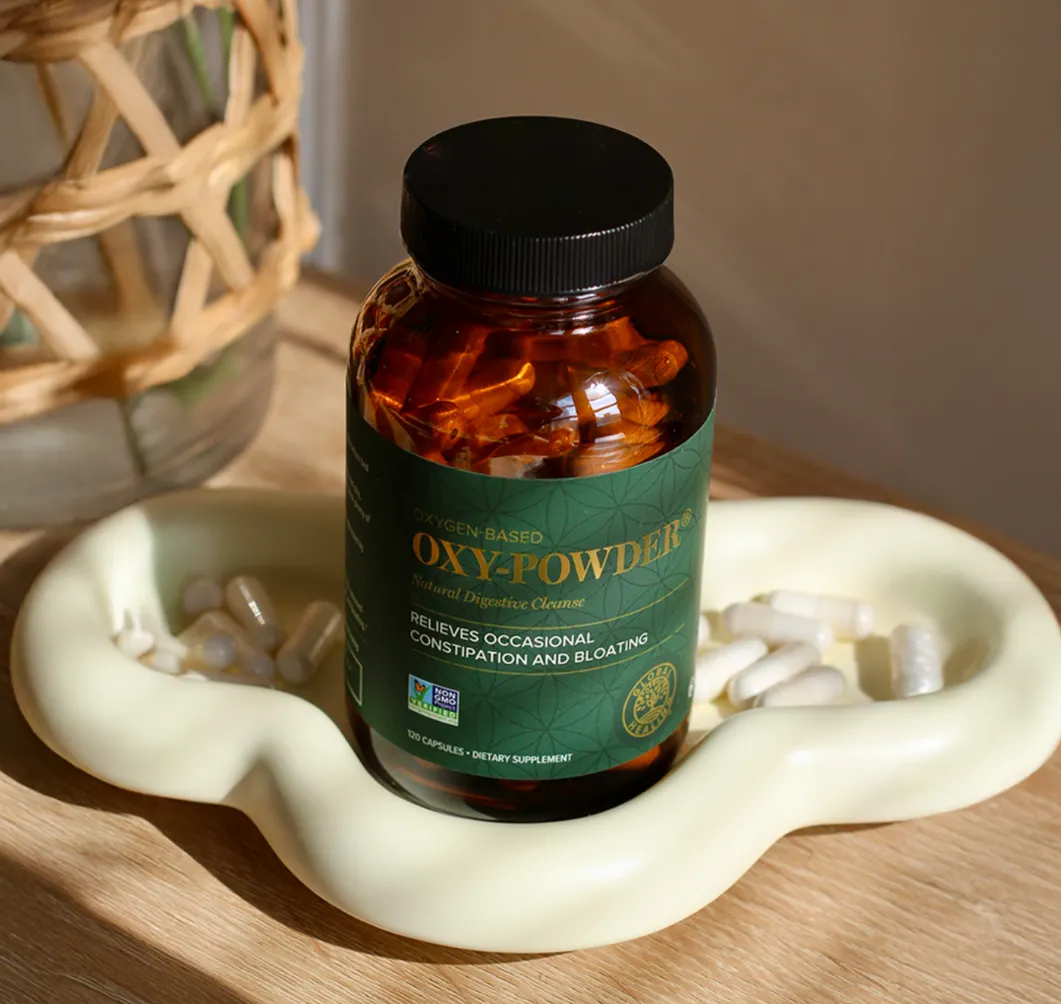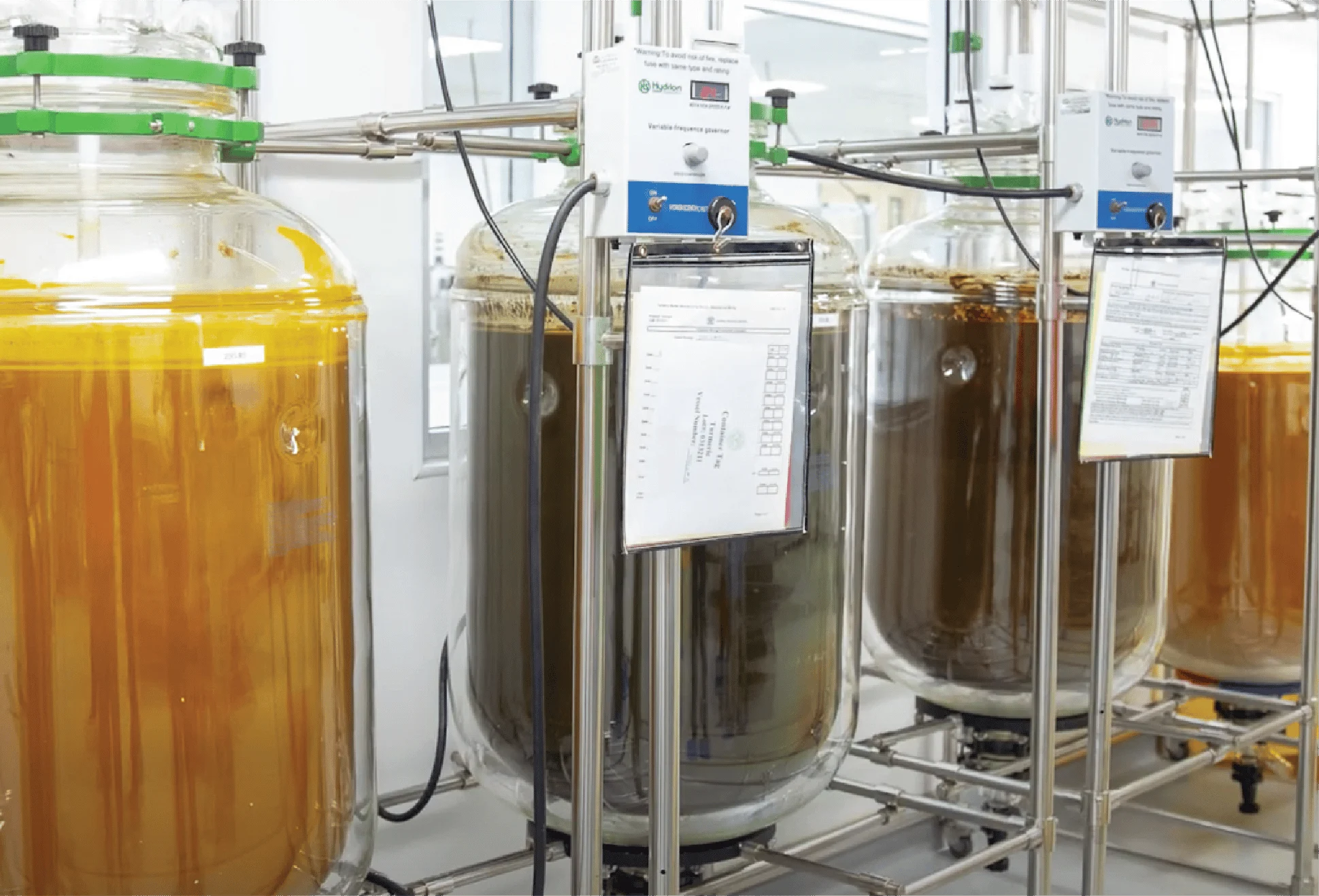A Brand That Started with Healing, Not Products
In the late 1990s, Dr. Edward Group wasn’t trying to start a supplement company. He was running a cancer clinic. His work focused on detoxing patients and supporting recovery from chemotherapy. But after struggling to find the right products, he decided to make his own. That first product became OxyPowder, a colon cleanse formulated using ozonating technology inspired by Nikola Tesla. It wasn’t built to ride a trend. It was built to solve a problem. And for 27 years, it has remained the company’s flagship product.
Global Healing still operates with the same intent today. The company remains privately held and family-owned. There is no outside capital and no private equity influence. And that independence gives them the ability to do things that most modern brands won’t even consider.

Testing Beyond the Standard
It starts with the soil. Before any ingredient is even planted, Global Healing requests data from the farms they work with. They measure mineral content and soil health as a baseline for what’s to come. Once harvested, the plants are tested using energy spectrometry to determine vitality. Then again after manufacturing to verify nothing was lost in the process. The company doesn’t rely solely on third-party labs to validate its products. They test every batch themselves and then send it out for additional verification. The commitment isn’t cheap. Each year, Global Healing spends roughly $2 million on testing alone.
“Third-party testing is designed so majority passes,” says e-commerce manager Kendal McMullen. “We’re not aiming for sameness. We want to be the brand that sets the standard.” That mindset shows up in how they handle raw materials. If an ingredient doesn’t meet internal purity or potency thresholds, it gets rejected. And it happens often. About 60 percent of raw materials never make it past intake. If that means a top-selling product goes out of stock, they accept it. “We’d rather be out of stock than sell something that doesn’t meet our standards. That’s not a mistake. That’s the choice.”

Business Strategy That Walks a Different Path
Most brands write blog posts to improve SEO. Global Healing writes them because education is the foundation of the business. Every campaign, every landing page, every email is designed to inform first. The brand tracks how many people it educates each quarter as its most important metric. Not sales. Not margin. Education. “We track every view, every scroll, every interaction with our content,” Kendal says. “That’s the number we care about. That’s what defines success for us.” Marketing, as a result, looks very different. Paid ads often direct to blogs or clinical studies instead of product pages. Their email newsletters are long-form, packed with content. And customers read every word.
“You’d be surprised how many people read all the way to the bottom,” she adds. “They expect to learn something when they hear from us.” This investment in education isn’t just for content’s sake. It builds deeper relationships with customers. And it leads to higher long-term retention. Global Healing spends more to acquire a customer than most brands are comfortable with, but they earn it back in loyalty “Our customer acquisition cost is high, and that’s fine,” Kendal explains. “Because our lifetime value is two to three times higher than average. We’re not looking for one-time buyers. We’re looking for long-term subscribers.”
When it comes to trends, Global Healing does the opposite as most of the supplement industry. Instead of chasing trends, Global Healing openly avoids them. The brand is not interested in jumping on the latest TikTok ingredient craze. Instead, it continues to research its own innovations, from microsomal vitamin C to high-potency carbon extraction methods. And with each new product, the focus remains the same, bioavailability, potency, and transparency.
That commitment shows up not just in what they make, but in how they make it. Some products have been off the shelf for months because the team couldn’t source ingredients that met their standards. And they’re open about it. “We don’t try to hide it,” Kendal says. “If a product is out of stock, we explain why. We tell the truth, even when it’s not convenient.”
That same mentality extends to how they show up online. A recent transparency campaign took a bold stance, calling out industry norms and clearly stating what Global Healing does differently. The tone was sharp, the message was direct, and the response was overwhelmingly positive. “It’s okay to be bold,” Kendal says. “Even if it’s not the popular opinion. People respect the truth.”

Retail, Demos, and Cross-Team Playbooks
While Global Healing built its reputation online, retail has become a strategic growth channel. The wholesale program, which had been paused for years, relaunched recently under the guidance of industry veteran Chris Woelfel. Through personal relationships, the brand landed in Sprouts and began building out its in-store presence. But Global Healing doesn’t rely on placement alone. They support their retailers with in-person education, printed flyers, and in some cases, actual demos. Liquid supplements are served in small communion cups, allowing customers to sample while learning more about the product.
Everything is coordinated between the wholesale and e-commerce teams. If Kendal’s team lands an influencer, that creator might appear in a Sprouts store to create content and boost in-store traffic. “When you go to a retailer, they ask what kind of support you can offer,” Chris explains. “We’re able to walk across the hall and build campaigns with the e-commerce team in real time.” That alignment has helped Global Healing expand retail partnerships without sacrificing depth of brand or message.

A Culture That Starts with the Team
In an industry racing to automate, Global Healing is adding headcount. Every customer call is answered by a trained team member based in Houston. Every social DM is responded to by a person. There are no AI chatbots. “We could automate it,” Kendal admits. “But it doesn’t feel right. People are talking to us about personal health. That deserves a real human response.” AI still plays a role, mostly for internal workflows and productivity. But when it comes to interacting with customers, they’re committed to staying personal. It’s more expensive. It’s also more effective. Their conversion rates are higher. Retention is stronger. And the customer feels heard.
Perhaps the most unusual part of Global Healing is how deeply its internal culture reflects its external brand. Final-round interviewees speak directly with the CEO about values alignment. Employees are excited to use the products. Everyone believes in the mission. “Our team actually cares,” Kendal explains. “You can’t fake that. If you want to build a values-driven company, it starts with who you hire.” She offers this advice to founders: don’t try to do it all yourself, and don’t hire just for skill. Hire for alignment. The team will shape the culture, and the culture will shape the brand.

Looking Ahead
Global Healing doesn’t measure success by the number of doors it’s in or the revenue on its P&L. It measures success by the number of people it educates. Ten years from now, the goal is simple: find new, more effective ways to deliver education at scale. Whether through new channels, new technologies, or new formats, the mission hasn’t changed since 1998.
Help people heal. And never compromise to do it.
















